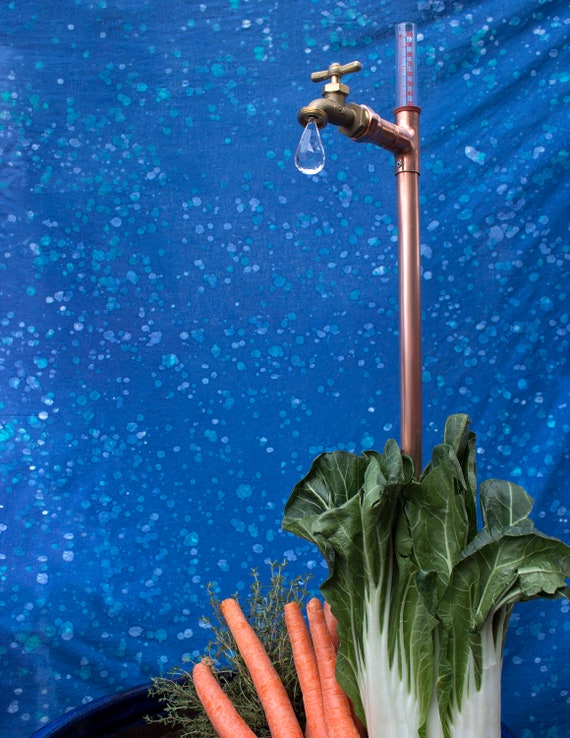The Rain Gauge: Encouraging Neighborhoods with Accurate Rain Information
The Rain Gauge: Encouraging Neighborhoods with Accurate Rain Information
Blog Article
DIY Rain Scale: Basic Steps to Make Your Own
Creating your own Do it yourself rain scale is a simple and efficient means to record and gauge precipitation. With simply a few common products and some fundamental steps, you can quickly construct your very own rainfall scale at home. Allow's get started on making your DIY rain scale today!
Gather Materials
To start building your DIY rainfall gauge, gather all the necessary materials making use of a thorough list of items. Having the best materials handy will ensure the effective creation of your rain scale and permit exact measurements of rains. To start with, you will need a clear plastic container or cyndrical tube, such as a plastic bottle or jar. Make sure the container is transparent to ensure that you can quickly see the water level inside. Next, you will require a ruler or determining tape to note the increments on the container. This will certainly allow you to determine the quantity of rainfall properly. Additionally, you will certainly require a permanent pen or water resistant tape to note the dimensions on the container. When subjected to rainfall, this will certainly ensure that the markings stay noticeable also. Ultimately, you will certainly require a sturdy base or stake to safely hold your rainfall gauge in position. This can be a wood or metal risk that can be inserted into the ground or a strong flat surface to provide stability. Collecting these products ahead of time will certainly improve the building and construction procedure and make certain that you have whatever you require to develop your very own DIY rainfall scale.
Prepare the Container

Mark the Dimension Increments
To precisely measure the amount of rains, properly marking the measurement increments on your DIY rainfall scale is vital. Without exact and clear markings, it would be tough to identify the precise amount of rains accumulated in your rain gauge. Here are the actions to mark the measurement increments on your rain gauge.
The most usual units for measuring rains are millimeters and inches. When you have actually selected the unit, use an irreversible pen or water resistant paint to note the increments on the side of your rain gauge.
When marking the increments, it is very important to make sure that they are equally spaced and clearly noticeable. Utilize a leader or determining tape to ensure accuracy and uniformity. Additionally, ensure that the markings are immune to fading or rubbing off, as direct exposure to the components may create them to weaken in time.
Location the Rain Gauge Outdoors
The rainfall scale ought to be put outdoors to properly accumulate rainfall information. The area selected for the rain gauge should be free a fantastic read and open from any kind of obstructions that could possibly impact the measurement of rains. It is important to find an area that is not blocked by trees, buildings, or other structures that could obstruct the rain from reaching the gauge. This will certainly guarantee that the gathered information is representative of the real rainfall in the location.
In addition, it is crucial to position the rainfall gauge on a steady surface, such as a degree ground or a strong blog post. This will protect against any motion or tilting of the gauge, which can result in inaccurate dimensions. It is likewise a good idea to prevent positioning the scale near any kind of resources of fabricated water, such as sprinklers or water drainage systems, as this could disrupt the precision of the dimensions.
Display and Document Rain Information
Regular monitoring and recording of rains data is essential for precise information evaluation and analysis. By keeping an eye on rains measurements, you can get valuable understandings into weather patterns, environment fads, view and water source management. To successfully check and tape rains information, it is essential to establish a regular and maintain consistent methods.
First of all, make certain that your rain scale is placed in an open location far from obstacles such as trees or structures that might block rainfall. Additionally, ensure the rain scale is degree and securely secured to prevent any type of activity that could impact the precision of the measurements.

When videotaping the rainfall data, it is very important to keep in mind the day and time of each measurement. Utilize a ruler or a gauging adhere to determine the rainfall depth in the rain gauge, and record this info precisely.
To make sure the precision of the measurements, it is recommended to empty the rainfall scale after each recording. This will certainly avoid any type of overflow or evaporation from affecting subsequent dimensions.
Final Thought
In final thought, creating a DIY rainfall gauge is a sensible and basic way to monitor and tape rainfall information (The Rain Gauge). By complying with the steps outlined in this write-up, you can quickly gather materials, prepare the container, mark the dimension increments, and place the rain scale outdoors. go to website Frequently keeping track of and tape-recording rains data can offer valuable info for various objectives
Having the best materials on hand will certainly ensure the effective development of your rainfall gauge and permit for precise measurements of rains.To precisely gauge the amount of rains, accurately noting the measurement increments on your Do it yourself rain scale is vital.The rainfall gauge need to be put outdoors to properly gather rains data. The place picked for the rain scale must be open and totally free from any type of blockages that could possibly affect the measurement of rainfall.In final thought, developing a DIY rain scale is a basic and practical method to check and tape-record rainfall data.
Report this page